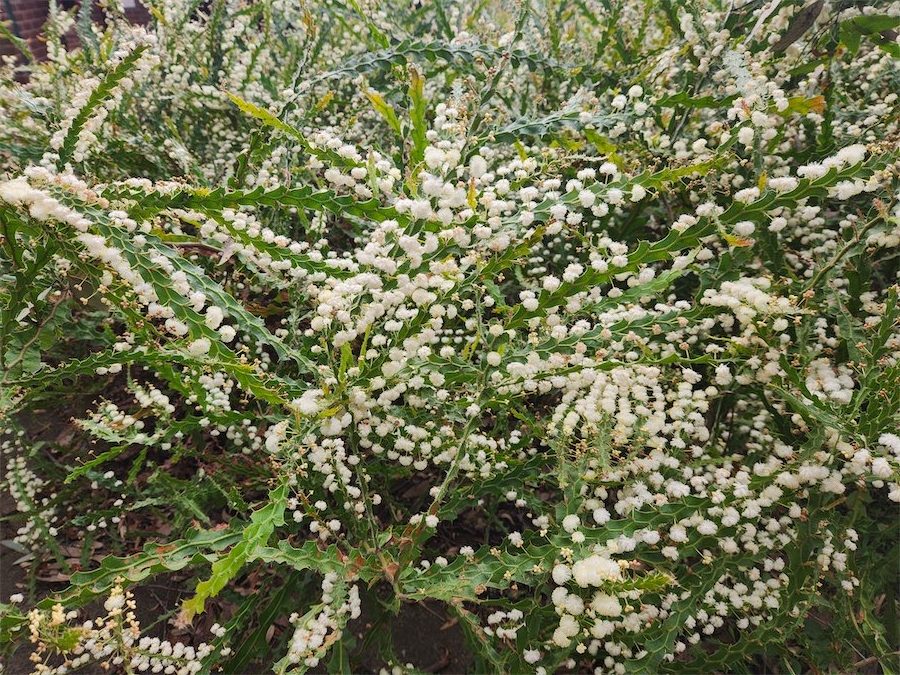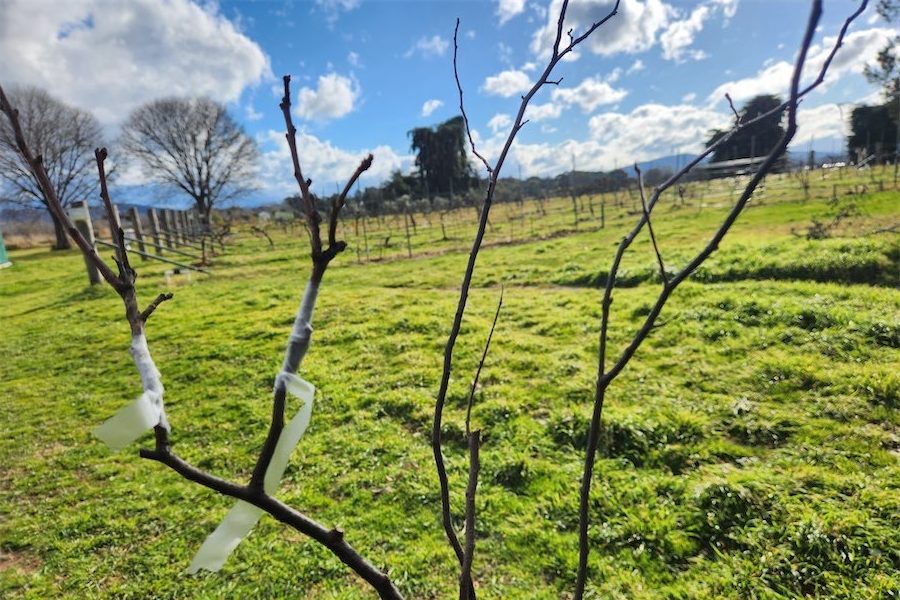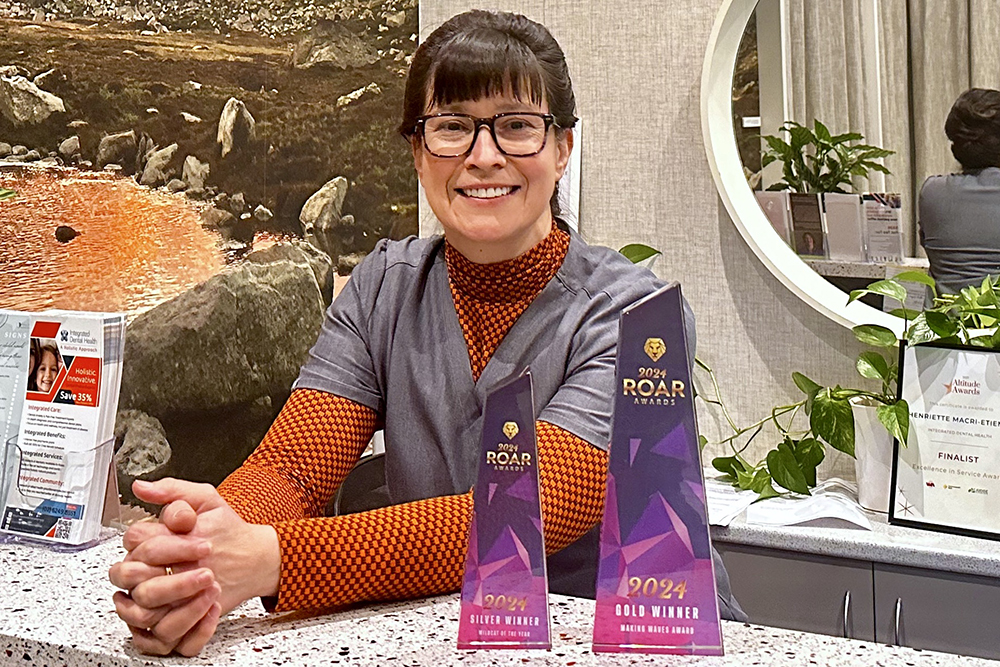Grafting allows a variety of trees, shrubs and plants to grow successfully outside their natural habitat and in a wider variety of soils, says gardening columnist JACKIE WARBURTON.
Grafted plants are a clever way to grow plants that cope with our clay soils and rootstocks.

Grafting is done while stems are dormant in winter, but the root stock must have compatibility with the scion for success.
Most, if not all, fruit trees are grafted to manage their overall growth and therefore have more space for more produce. Fruit trees generally grow 3-5 metres and when grafted on to a different dwarfing rootstock the growth of the overall tree will only be about two metres by two metres, but importantly the fruit production and fruit size still remain the same.
Growing a variety of apples on one tree is possible by grafting on to another tree. With stone fruit, a budding technique is preferred and is done in the warmer months when there is growth on trees.
Budding is also a useful technique for espalier stems and creates new branches and stems to control. A little research will be required to see which type of grafting technique is required and what rootstocks and scions are compatible, but with a little practice, it’s easy to become hooked on grafting and budding all sorts of plants together.
AS we near midwinter, the wattles are beginning to flower. While most are yellow, the stand-out is the beautiful cream-coloured winged wattle (Acacia alata var. Biglandulosa).
This wattle is one of the first to flower and a good example can be seen in the National Botanic Gardens.
It grows to two metres tall and is a great habitat shrub for small birds. Wattles are good for the soil and can fix nitrogen through bacteria in its roots.
There are a wide variety of wattles suitable for our climate and start flowering now and through to spring. They attract bees and flower around the same time as most fruit trees do, so planting a few around the orchard will encourage good insect activity when it’s needed most.

NOW’S the time to get out any seed packets that are hidden away to see if they are viable to grow in spring.
Place a few seeds into a jar of water. If the seeds float they’re probably not viable. If they sink to the bottom, then there’s a good chance of germination when sowing the rest of the seed.
Most seeds need a temperature of around 23C to break dormancy and to get a head start with any seed growing through winter, a heat mat will be required.
A good start would be Asian greens, beetroot and lettuces, but wait to sow summer crops such as tomatoes, capsicums and eggplants until at least August or September.
Prepare soil where you want to grow asparagus and remember it needs a permanent spot to grow in the garden and doesn’t like to be moved. Sprinkle a little lime on the soil.
Look out for self-seeded male spears as they are fatter and tastier and don’t have berries.
Jottings
- Liquid feed potted colour and bulbs.
- Continuously harvesting leafy greens will encourage new growth.
- Purchase camellias while they are in flower.
- Hard prune all crepe myrtles to encourage better flowering.
Who can be trusted?
In a world of spin and confusion, there’s never been a more important time to support independent journalism in Canberra.
If you trust our work online and want to enforce the power of independent voices, I invite you to make a small contribution.
Every dollar of support is invested back into our journalism to help keep citynews.com.au strong and free.
Thank you,
Ian Meikle, editor




